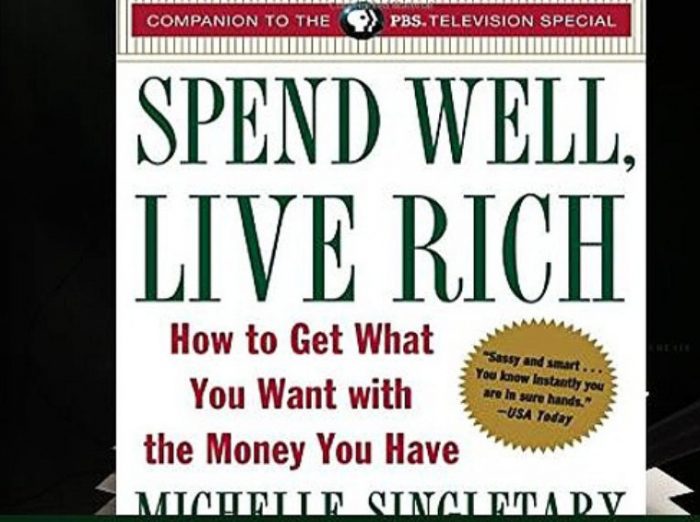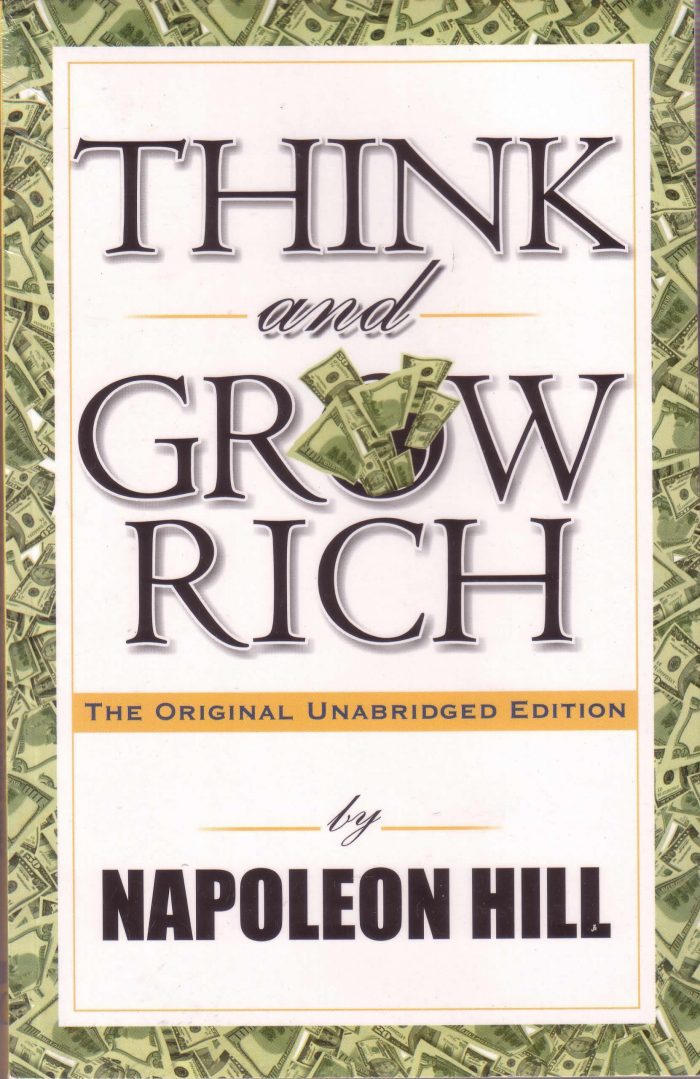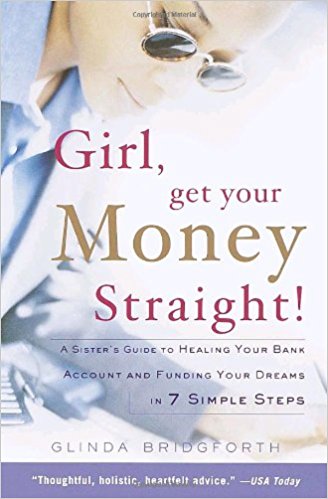As Black History Month continues, many are taking the time out to remember and recognize historical events and people that have made an impact on America, and this week the Sentinel is focusing on finance in the nation’s African American communities. For centuries, Blacks have figured out ways to survive in the United States under some of the most daunting conditions, from slavery to reconstruction to Jim Crow to discrimination in the work place. However, today’s economy calls for African Americans to not only look back to techniques used to survive but also ways to move forward and actively create wealth within their communities.
Following is a brief history of finance in America’s Black community and a list of five personal finance books to read during Black History Month.
During slavery, Blacks in America, though providing labor that helped the country eventually become a world power, didn’t have much to work with. However, they made the best of what they had to provide themselves and their families with food, clothing and shelter. They often built their own dwellings and fashioned their own tools for cooking. From the 17th century onwards, it became customary for plantation owners to give enslaved Africans Sundays off, even though many were not Christian. Enslaved Africans used some of this free time to cultivate garden plots close to their houses, as well as in nearby ‘provision grounds.’
For example, numerous 18th-century Virginian travelers documented slave gardens. William Hugh Grove in 1732 mentioned “little Platts for potatoes peas and cymlins, which they do on Sundays or at night.” John Custis of Williamsburg noted how in 1737 one of his slaves grew “a multitude of melons,” and Philip Fithian, Princeton educated tutor for the Carter family at Nomini Hall, observed slaves digging up “their small lots of ground allw’d by their Masters for Potatoes, peas, etc.”, according to the Thomas Jefferson Foundation website.
Slaves used their money for credits to buy fishhooks or kitchen utensils or to buy marbles for their children or to keep their women in ribbons, bandannas, and assorted finery, the travelers mentioned.
In slavery’s aftermath, during Reconstruction, Blacks had to navigate a new financial landscape, where no provisions were made for them. Many of them procured government jobs while some lived in abject poverty. But perhaps one of the most notable examples of Black innovation is the building of independent communities throughout the country.
Greenwood in Oklahoma, known as Black Wall Street for example, was a place where Blacks in the area created entrepreneurial opportunities for themselves, which housed a business center that included banks, hotels, cafes, clothiers, movie theaters, and contemporary homes. Greenwood residents enjoyed many luxuries that their White neighbors did not, including indoor plumbing and a remarkable school system that superiorly educated Black children.
According to ebony.com, “Its destruction began the way much terrorism, violence and dispossession against African Americans did during that era. A young White woman accused a young Black man of attempted sexual assault, which gave local mobs and White men acting as police just cause to invade the unsuspecting community…”
Despite those types of hardships, Blacks continued to build their own financial institutions across the country, but still faced financial hardships as a result of racism and perpetual discrimination. These hardships began to emphasize the importance of Black banks and newer, healthier financial mindset among Black communities. According to investopedia.org, the top five African American banking institutions today include, One United Bank, Liberty Bank and Trust Company, Citizens Trust Bank, Industrial Bank and the Harbor Bank of Maryland. While there are only 30 Black-owned banks in the entire country, according to BankBlackUSA.org, they do make a difference.
According to the site, “These banks represent about 16% of the country’s minority-owned depository institutions (MDIs). MDIs support minorities and populations that live in low- to moderate-income census tracts, people who are underserved by mainstream financial institutions. These banks largely rely on core deposits to fund real estate loans. Only 2.6% of the country’s 6,800 FDIC-insured banks are MDIs. Further, only 1.1% of FDIC-insured banks are community development financial institutions (CDFIs), which make banking services accessible to low-income customers and underserved communities.”
Meanwhile, mindsets also have to be changed individually. In today’s economy, the country’s citizens are rethinking traditional ways of procuring resources and putting them away for themselves and their families. Many Black authors are heeding the call and advising others to do the same. Below is a list of five personal finance books to read during Black History Month and beyond.
- Spend Well, Live Rich (Michelle Singletary): Based on the 7 money mantras from the author’s own grandmother, this book is more spiritual motivation than practical advice. It teaches that by developing good money management skills you can build wealth and be financially successful — even on a small income — and walks the reader through exactly how to do it.
2. The Wealth Choice (Dennis Kimbro): The Wealth Choice is based on a seven year study of 1,000 wealthy African Americas showcasing how their process, their mindset, passions, habits, and so much more. It is a guide on how anyone, regardless of their background or economic disadvantages, can achieve financial success by taking specific actions and developing a strong discipline.
3. Think and Grow Rich, A Black Choice (Dennis Kimbro, Napoleon Hill): Kimbro combines bestselling author Hill’s law of success with his own knowledge of business, contemporary affairs, and the vibrant culture of Black America to teach the secrets to success used by scores of Black Americans, including: Spike Lee, Jesse Jackson, Dr. Selma Burke, Oprah Winfrey, and many others.
4. Do You!: 12 Laws to Access the Power in You to Achieve Happiness and Success (Russell Simmons): Russell Simmons combines spiritual principles, business knowledge and street sense to teach his rules for success . Simmons illustrates these lessons with his own struggles and triumphs and those of his high-powered business friends.
5. Girl, Get Your Money Straight!: A Sister’s Guide to Healing Your Bank Account and Funding Your Dreams in 7 Simple Steps (Glinda Bridgeforth): For the women, Bridgeforth highlights healthy money management and the fact that it is rarely just about dollars–it’s about getting to the root of why African American women spend the way they do and recognizing the emotional and cultural issues that play out in unhealthy financial habits. Girl, Get Your Money Straight! is a seven-step program for holistic financial healing, teaching readers how to identify their heart’s desires, break away from negative spending patterns, pay off outstanding debts, develop a spending plan, conquer the checkbook blues, and create new wealth.












